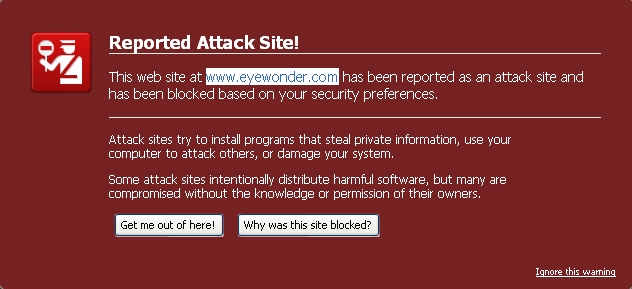EyeWonder malware incident affects popular web sites

Let's assess the butterfly effect of a single malware incident affecting an ad network whose ads get syndicated across the entire Web.
Is the EyeWonder attack a typical malvertising campaign where malicious content is pushed on legitimate sites through the ad network, or did their web site actually got compromised in the ongoing Cold Fusion web sites compromise attack?
Sadly, it could be an indication of both, since I managed to reproduce the actual exploit serving attack at the Washington Post, using the exact link given by an affected reader within the comments of the article. However, what might have triggered the actual badware alert appears to a compromise of the site itself.
Interestingly, one of the malware samples attemps to download the updated list of malware binaries by connecting a compromised Italian site part of the Cold Fusion injection attacks (betheboss.it) since it appears to have been exploited in such a way.
- Go through related malvertising attacks: MSN Norway serving Flash exploits through malvertising; Fake Antivirus XP pops-up at Cleveland.com; Scareware pops-up at FoxNews
This malware incident demonstrates how a single exploitation of a trusted third-party content/ad serving vendor can not only undermine its credibility, but potentially the credibility of the sites using the network. And since the ads on the affected sites are dynamically served through different networks, it remains questionable whether it was in fact EyeWonder that served malicious content, or a compromised partner of the network itself.
For the time being, EyeWonder.com remains down for maintenance.